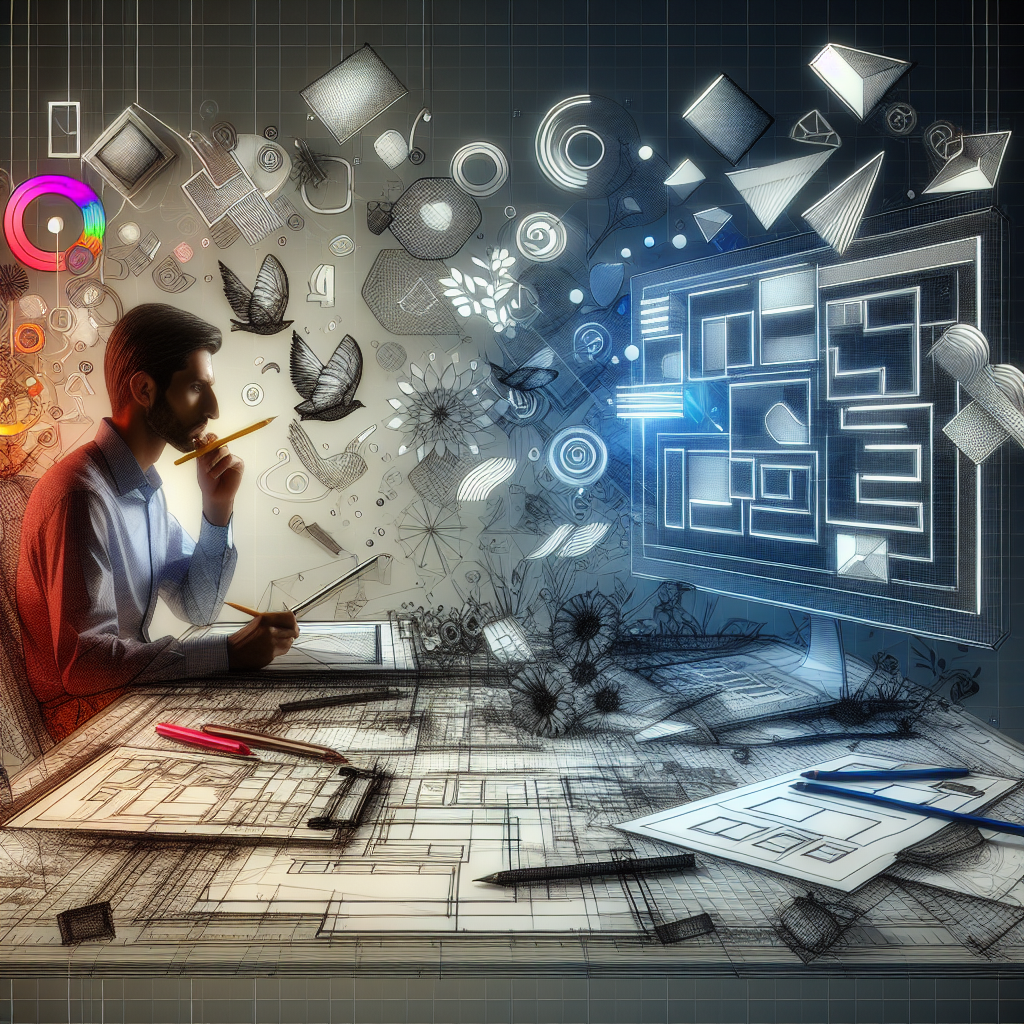Modern layout design thrives on a visual language that balances aesthetics and functionality. With the rapid growth of digital platforms, the importance of incorporating aesthetics into modern layout design cannot be overstated. Aesthetics does more than providing visual appeal; it plays a crucial role in effective communication, user experience, and ultimately, the success of the design.
Understanding Aesthetics
Aesthetics is a branch of philosophy dealing with the nature of beauty, art, and taste. It concerns the study of subjective and sensorial-emotional values, sometimes called judgments of sentiment and taste. In layout design, aesthetics relates to the visual attractiveness of a design, which significantly affects how users interact with it. The effective application of aesthetics can enhance a design’s usability by making users feel more comfortable and engaged, thus facilitating better communication and interaction.
The Role of Aesthetics in Modern Layout Design
Emphasizing aesthetics in modern layout design does not mean favoring form over function. Aesthetics plays a crucial role in enhancing the user experience by making a design more approachable and intuitive. It can influence the user’s emotions and perceptions, which in turn influence their decisions. An aesthetically pleasing design can evoke positive emotions, create a positive user experience, and increase the user’s trust and engagement.
Moreover, aesthetics help to establish a brand’s visual identity. A consistent and distinct aesthetic can make a brand instantly recognizable, differentiate it from competitors, and foster customer loyalty. Therefore, incorporating aesthetics is an essential part of building and maintaining a strong brand.
Principles of Aesthetic Design
Incorporating aesthetics into a layout design requires a clear understanding of aesthetic principles, which include balance, contrast, repetition, alignment, and proximity. Each of these principles plays a crucial role in creating an effective, aesthetically pleasing design.
Balance involves distributing elements evenly in a design to create stability. Contrast accentuates differences between elements, drawing attention to key parts of the design. Repetition reinforces patterns and creates a sense of unity. Alignment arranges elements in a neat way to create order, and proximity groups related elements together to establish relationships between them.
Tools for Incorporating Aesthetics
There are various tools that can aid in the incorporation of aesthetics into a modern layout design. Software like Adobe Photoshop, Illustrator, and InDesign offer extensive features and functionality for aesthetic design. Other tools, like Sketch and Figma, also provide user-friendly interfaces and robust capabilities for aesthetic design.
Conclusion
Incorporating aesthetics in modern layout design is no longer an option but a necessity. Aesthetics influence the user’s emotions and perceptions, creating a satisfying user experience, enhancing communication, creating brand recognition, and attracting customer loyalty. Therefore, understanding and employing the principles of aesthetics could be the key to creating effective and visually pleasing modern layout designs.
FAQs
- What is the role of aesthetics in modern Layout design?
- What are some of the principles of aesthetics?
- Why should I consider aesthetics in layout design?
- Can aesthetics affect a user’s perception of a brand?
- What tools can I use for aesthetic design?
Aesthetics in modern layout design helps to improve the user’s interaction with the design by making it visually appealing, thereby fostering better communication, interaction, and engagement.
The principles of aesthetics include balance, contrast, repetition, alignment, and proximity.
Aesthetics plays a vital role in creating a memorable and engaging user experience, enhancing communication, and cultivating brand identity and loyalty.
Yes, aesthetics significantly impact a user’s perception of a brand. An aesthetically pleasing design can evoke positive emotions and increase the user’s trust and engagement.
Adobe Photoshop, Illustrator, InDesign, Sketch, and Figma are some of the tools that you can use for aesthetic design.

